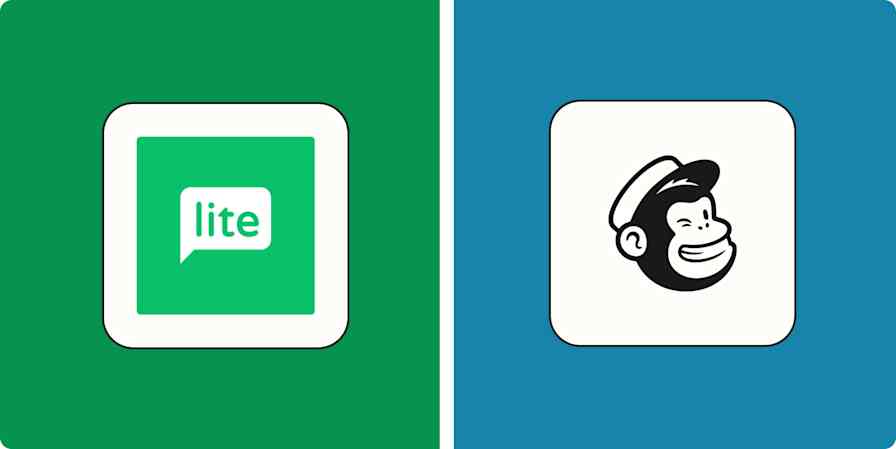Marketing tips
4 min readHow to grow a newsletter: 5 ways to scale your newsletter without paid ads
By Luciano Viterale · July 27, 2023

Get productivity tips delivered straight to your inbox
We’ll email you 1-3 times per week—and never share your information.
tags
Related articles
Improve your productivity automatically. Use Zapier to get your apps working together.








